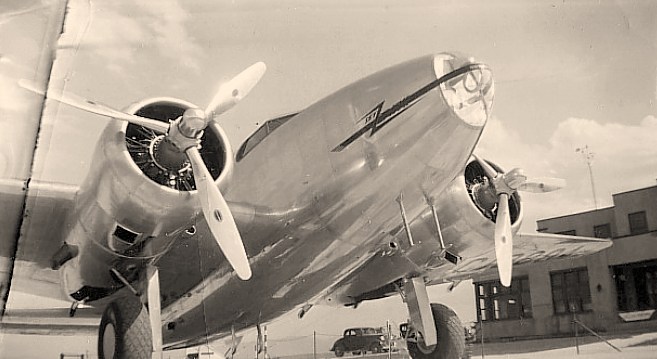|
|


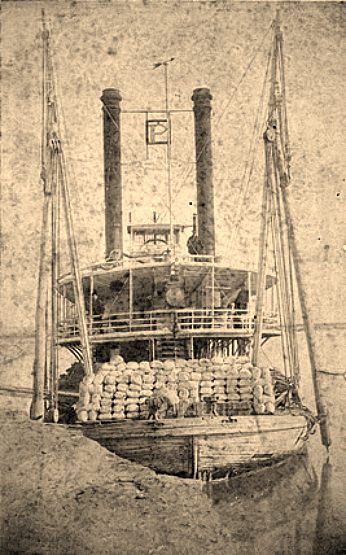
|
Early entrepreneur
Thomas C. Power's steamer "Helena" on the Missouri
River, 1870s. Note the Block P symbol between the stacks. The
"Helena" was one of several steamers operated by Power,
who was initially based in Fort Benton before moving to Helena
in 1873. A native of Iowa with a degree in engineering, Power
first came to Montana in the early 1860s as part of a surveying
party. When he arrived in Fort Benton (the head of navigation
on the Missouri), he saw the potential for trade, and eventually
opened a general merchandise store there.
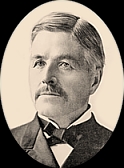
THOMAS C.
POWER
Power's
interests quickly grew. In addition to building and operating
trade steamers on the Missouri, he established a stagecoach
line between Helena and Fort Benton in 1879. His interests diversified
into banking and livestock. In 1890, along with Wilbur F. Sanders,
Power became one of the first Senators from the State of Montana.
His Power Block, Diamond Block , and Steamboat Block still stand
in Helena.
|
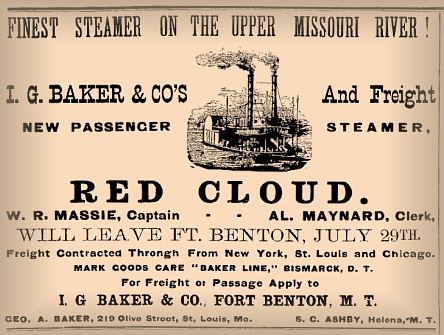
AD FOR THE STEAMER RED CLOUD - 1877
|
|
|
An undated
Cut Bank Pioneer Press article talks about one George
Miller, who made a trip from Bismarck to Fort Benton aboard
the steamer Red Cloud in 1881. The article tells Miller's tale
of his memorable landing in Fort Benton:
Thirteen
days after leaving Bismarck, the Red Cloud churned its way up
to the landing at Fort Benton and [George Miller] was treated
to his first sight of real rough stuff. The mate of the boat,
a man named Star, took his station at the gangway to see that
the disembarking took place without accident. It was the rule
that all passengers should be ashore from the up trip before
the boat received visitors or passengers from land.
A man approached the shore end of the gangway and started to
come aboard, but had not gone far before the mate ordered him
back. The response was a short laugh as he continued up the
gangway, and faced the mate. Without a word, the mate drew a
revolver from his pocket and fired it point blank in the man's
face, shattering his jaw.
The
wounded man was taken ashore and given medical aid and, although
he recovered, his lower jaw was always distorted. His name,
or rather, his nickname, was "Happy" Oakly.
THANKS
TO THE WEBSITE
OF CONNIE LENZEN
|
|
|
|

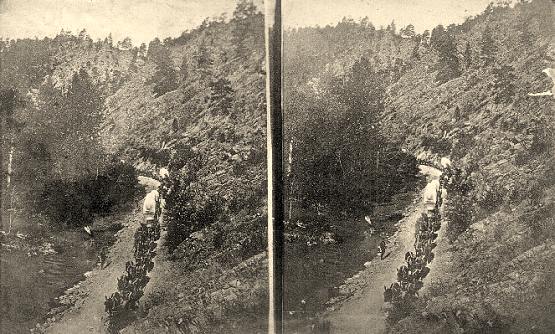
|
Stereoview
of a pack train in Prickly Pear Canyon (Wolf Creek Canyon).
Before the coming of the railroads in the 1880s, this toll road
from Fort Benton was the main shipping route into Helena. Heavy
rain and snow sometimes made the canyon road impassable, and
incoming freight would be held up at Wolf Creek.
Note: If
you unfocus your eyes as you may have done for the popular "Magic
Eye" posters, you can see stereoscope photos in 3-D without
the use of a viewer.
|

|
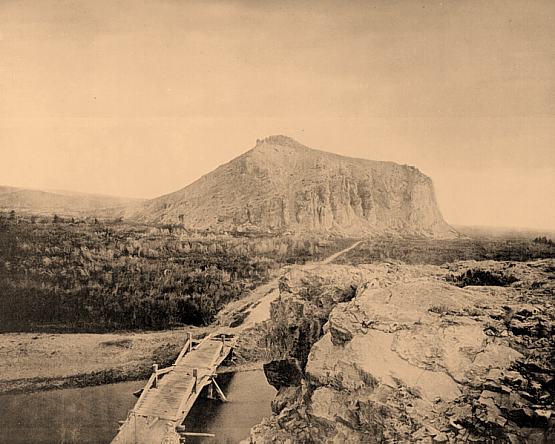
|
The
stagecoach road from Ogden, Utah to Helena, crossing the Beaverhead
River, 1871
|
|


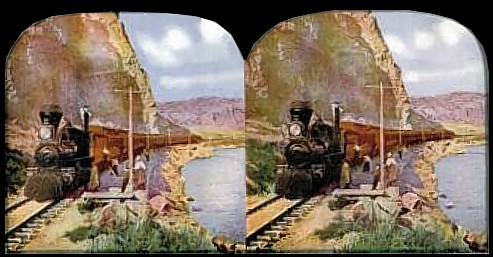
|
Stereoview
of a Great Northern train on the Great Falls to Helena line.
|

|
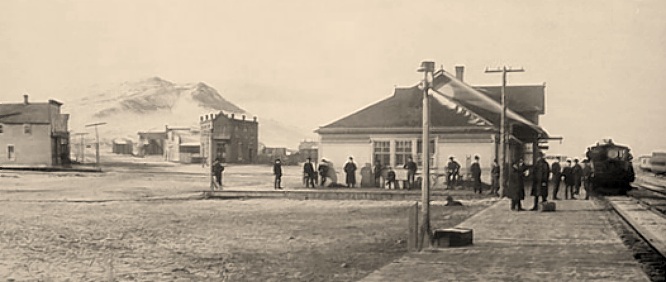
| The original
Great Northern Depot, 1885. The brick building with six chimneys
is Theodore Welcome's Elite Saloon. |
|
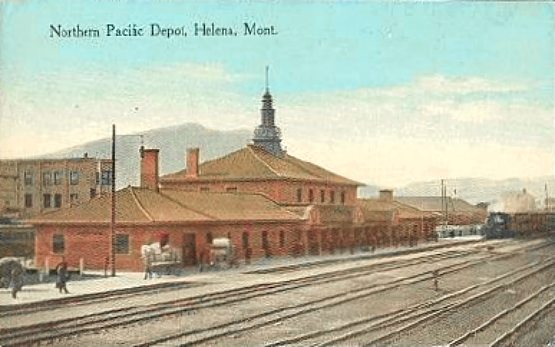
| The 1904
Northern Pacific (aka Union) Depot, designed by architect Charles
A. Reed (1858-1911), who also designed New York City's Grand Central
Terminal. |
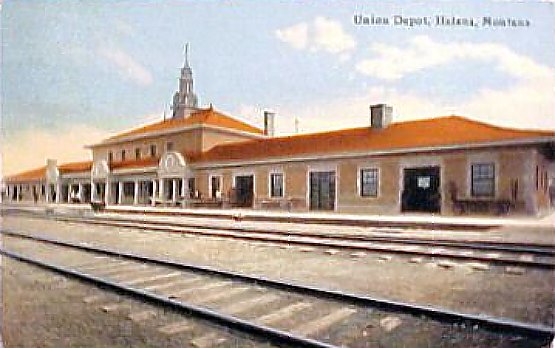

|
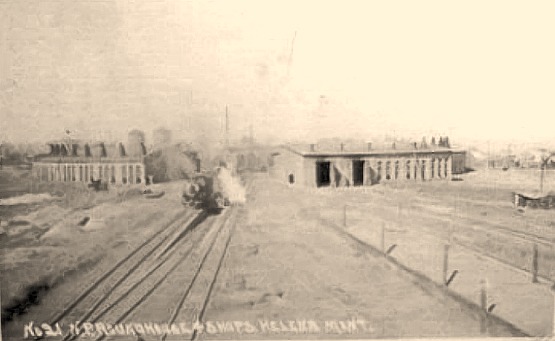
| Northern
Pacific roundhouse and shops, date unknown. In the background
are the smokestacks of the East Helena ASARCO Smelter. |

|
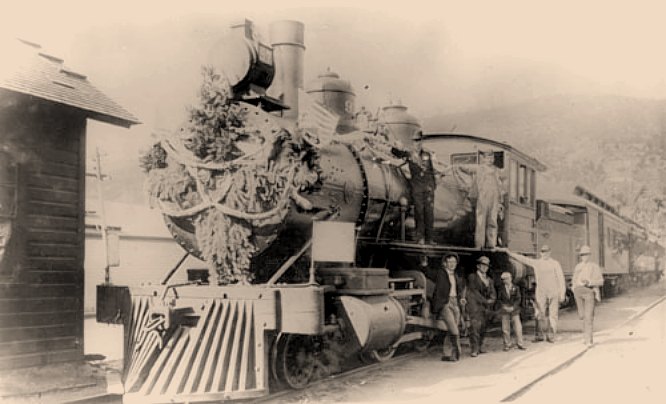
| A special
Northern Pacific train in Marysville, MT, July 4, 1900. It's possible
that this special train was going to Helena for the day's festivities. |
|
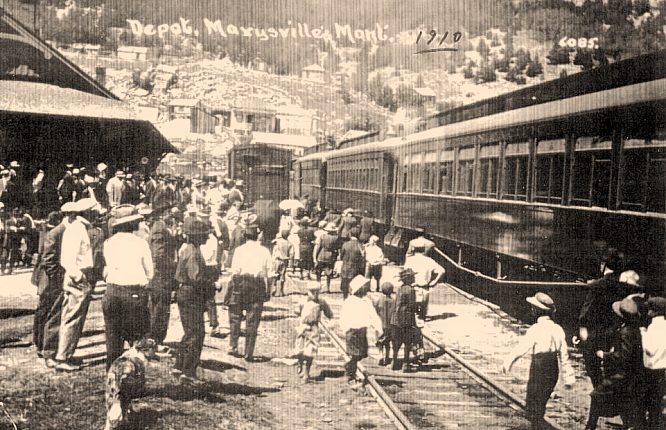
Marysville depot,
1910.

|
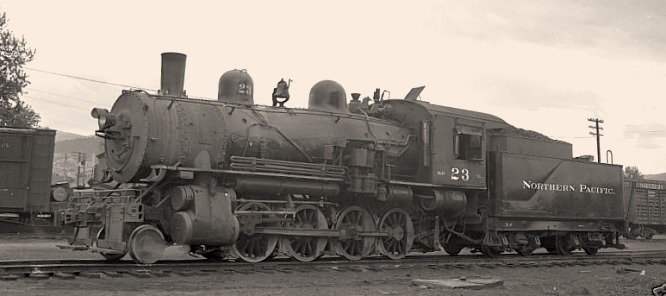
Northern Pacific
locomotive No. 23, photographed in Helena, 1952.
|
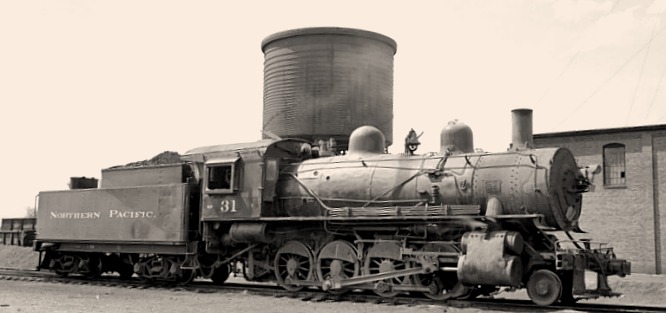
Northern Pacific
locomotive No. 31, photographed in Helena, 1955.

|
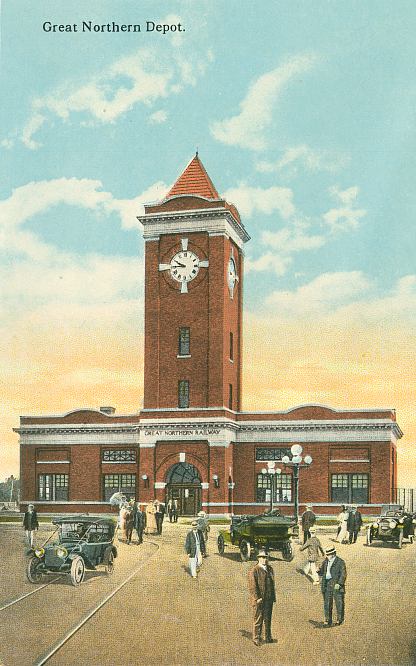
| The Great
Northern Railway Depot, 1920s. It was located at the intersection
of Neil Avenue and Fuller, across the street from Hill and Womens
Parks. The tower was damaged by the 1935 earthquakes and removed.
In later years, the building housed various offices. It was demolished
to make way for the Federal Reserve Bank Branch building in 1989. |
|
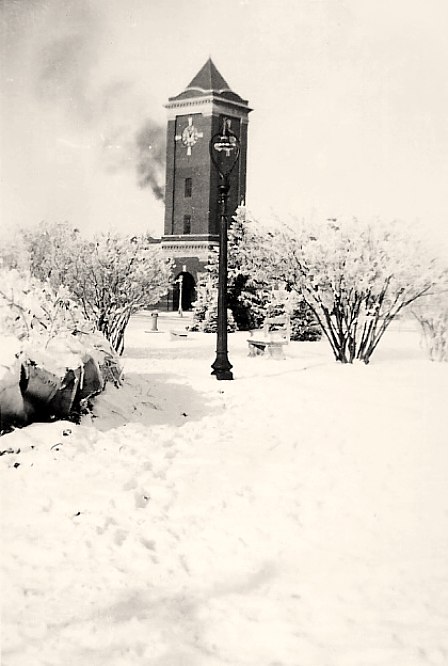
|
Great
Northern Depot, before 1935. Black smoke rises from an unseen
locomotive.
COLLECTION OF NANCY GOODSPEED
|

|
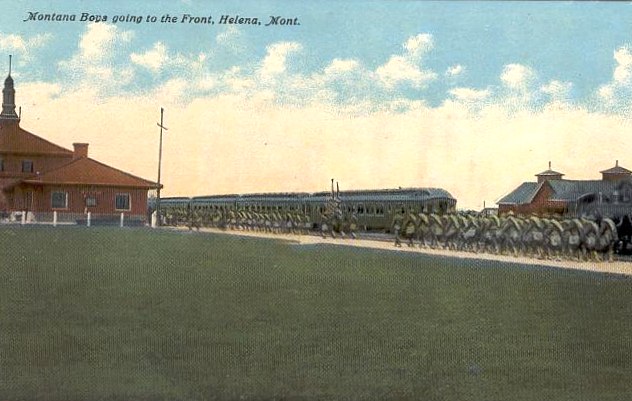
|
Trains
at Union Depot taking Montana boys off to World War I
|
|


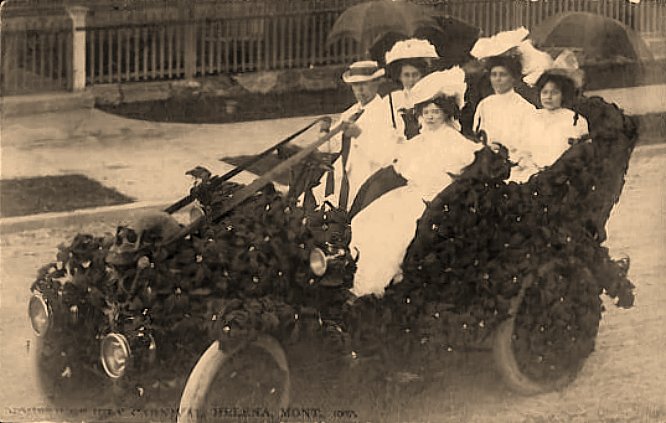
Car decorated
for the 1907 July 4th Carnival. Note the human skull atop the radiator.

|
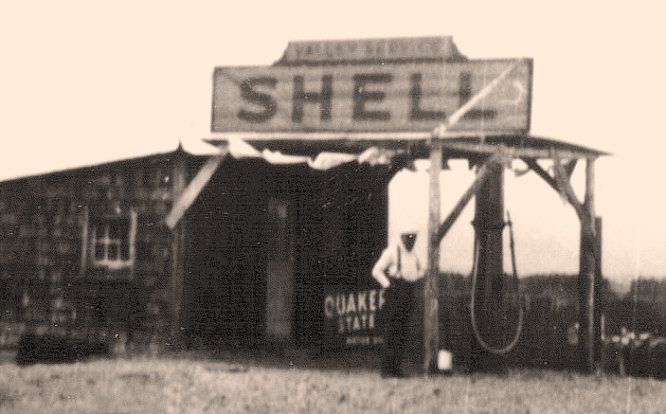
Pop Isham's Valley
Service, NE corner of N. Montana Ave. and the Lincoln Road, 1920s.
THE WES AND CAROL SYNNESS COLLECTION
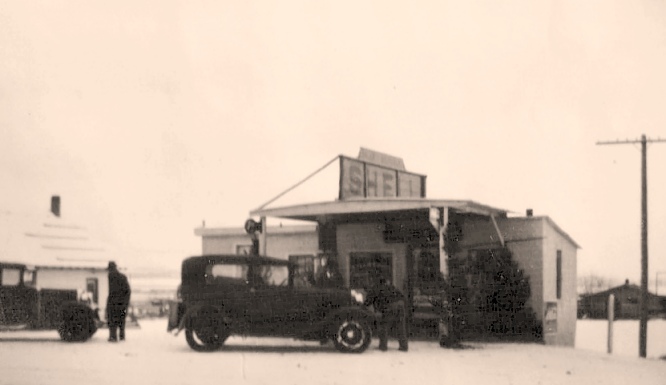
Pop Isham's expanded
Valley Service, 1930s.
THE WES AND CAROL SYNNESS COLLECTION

|
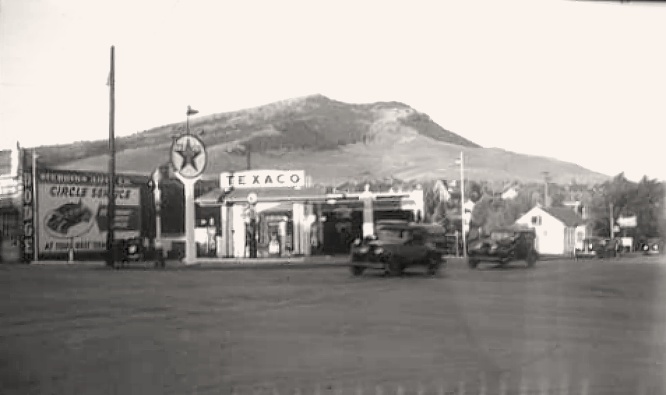
| Texaco
at N. Main and Neill Ave., ca 1940. The Dodge dealership at center
left was destroyed by fire in the 1960s. |
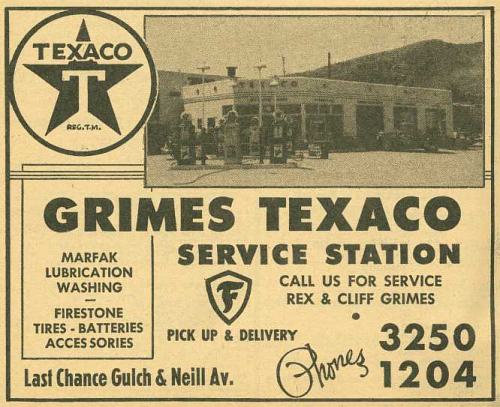
|
1953
Yellow Pages ad for the same location.
|
|

CENTRAL GARAGE
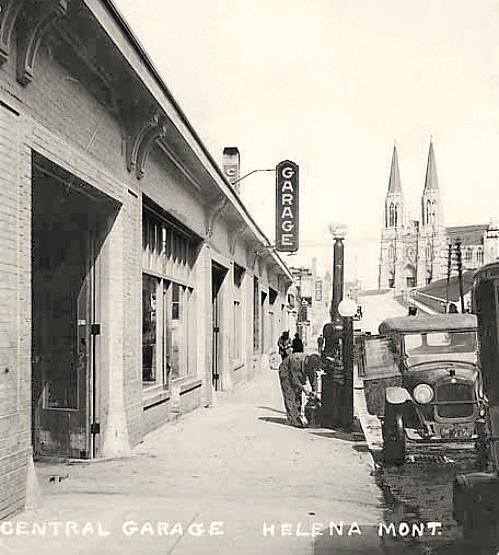
| The Central
Garage, NE corner of Fuller and Lawrence, about 1920. This building
was later the home of Grimes Buick. |
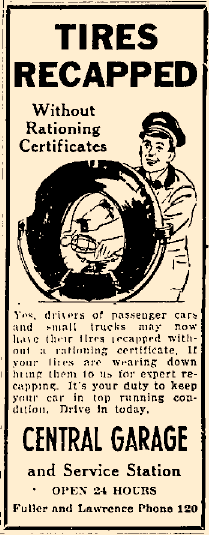
1943 Newspaper
ad for the Central Garage

"AUTO ROW"
- The Empson Buildings
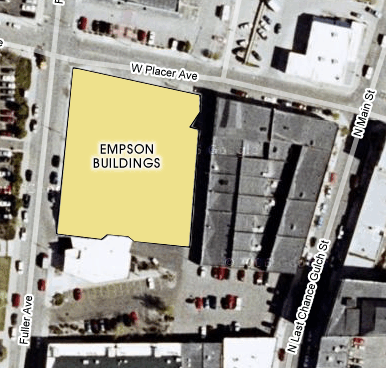
|
Superimposed
on a recent satellite photo is the footprint of the demolished
portion of the Epsom Buildings, which for decades housed many
of Helena's automobile dealerships, most notably Anderson Motors
and Capital Ford.
The Empson
Buildings, built by Colorado-based businessman John Howard Empson
between 1917 and 1922, also included the still-standing Park
Hotel group to the east, seen above. The only remnant of the
"Auto Row" buildings is the smokestack from the heating
plant, which supplied heat to the entire development.
John Empson's other great Helena accomplishment was as the
leader in funding the construction of the 1918 YWCA
building, located at the corner of Park Ave. and Placer.
But Empson
is probably most remembered for founding the Empson Cannery
in Longmont, Colorado -- vegetables from which were frequently
seen on the shelves of Helena grocers. You can live
there now, if you want.
|

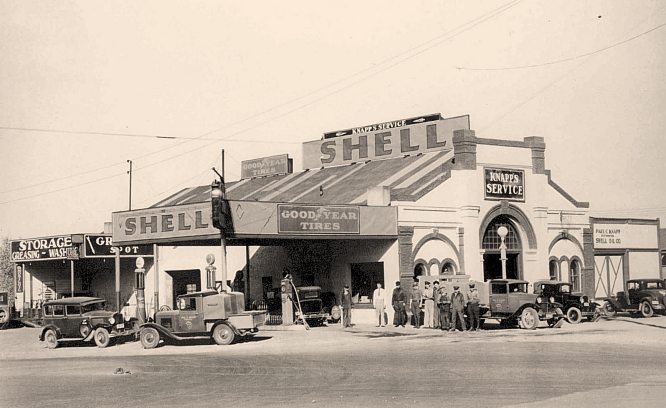
| A beautiful
ca. 1930 photograph of the Knapp Service Station, on the NW corner
of N. Main and Neill Ave. This building burned in 1965. MANY
THANKS TO CHUCK JEZICK OF PORTlAND OREGON |
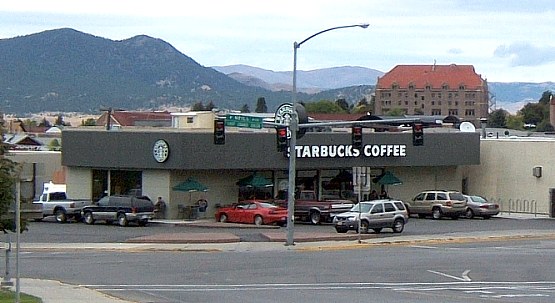
|
The
same corner in September of 2006. It looks like a thousand other
corners now.
THANKS TO SCOTT NELSON
|
|


|
The AA Garage
and Equipment Co. was located in the former streetcar barns
at the south end of Main St., where the former (1970s) Federal
Building now stands. They offered automobile repair and storage,
and wrecker service. In the 1950's they were also a dealer for
International Harvester trucks and appliances.
In front
of the Garage is the old silver bell from the fire tower, which
in 1951 was placed on display in front of the Civic Center.
These wonderful
1940s photos are courtesy of Chris Warren. His father, William
L. Warren, was employed at the AA Garage, and is pictured below.
Many thanks, Chris!
|
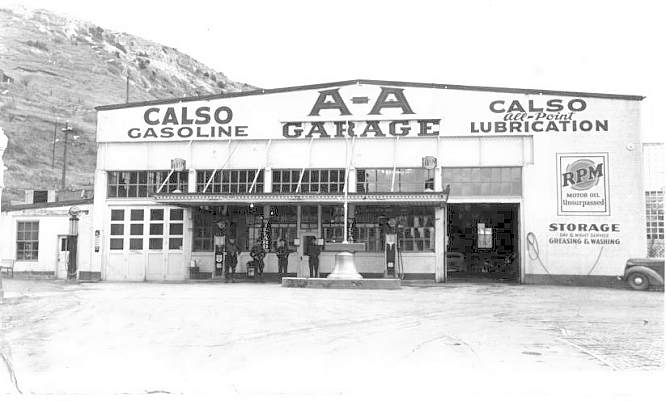
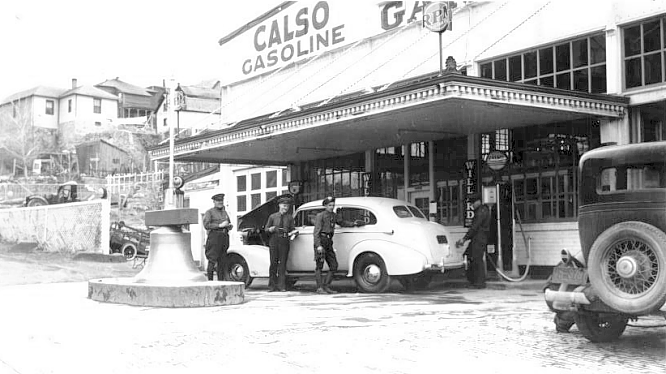
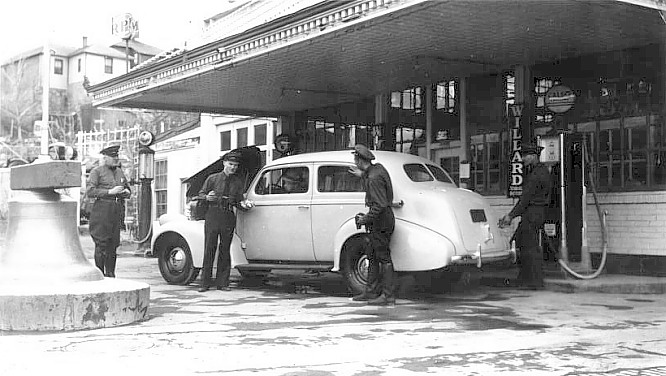
A detail of the
previous view.
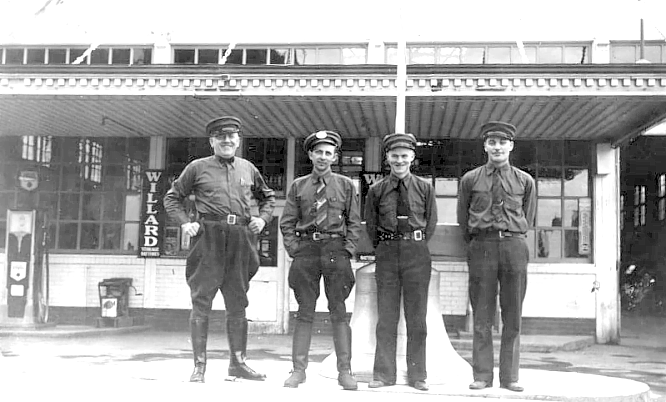
| AA Garage
employees. William L. Warren is second from the right. Can anyone
help identify the other three? The two men wearing jodhpurs and
boots must have ridden motorcycles. |
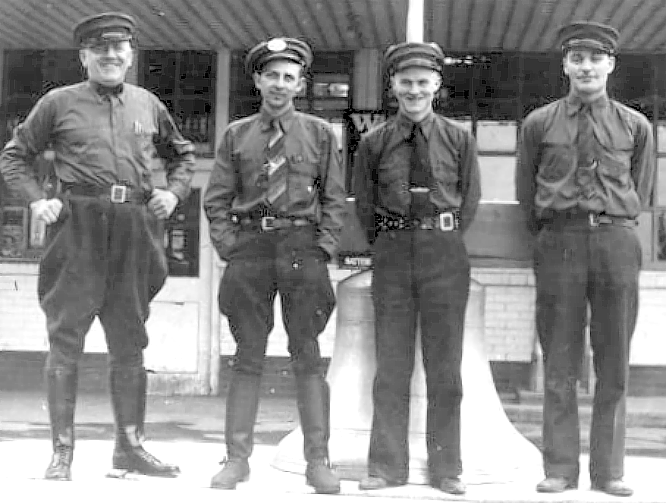
|


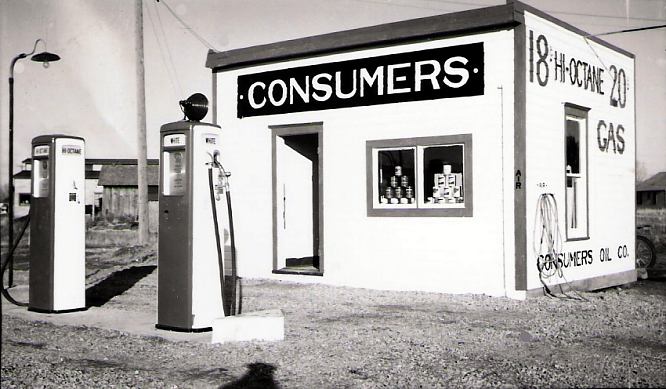
| The original
Consumer's Service, 900 block of N. Main, late 1930s. Gene Goodspeed
(1918-2004) operated this and two other locations just prior to
World War II. This and the three following photos are from Gene's
daughter Nancy Goodspeed, who tells
us the history behind these images from her collection... |
| "Right
out of high school in 1937, my Dad went into the gas station business
and before leaving for service in World War ii, he was operating
three locations." |
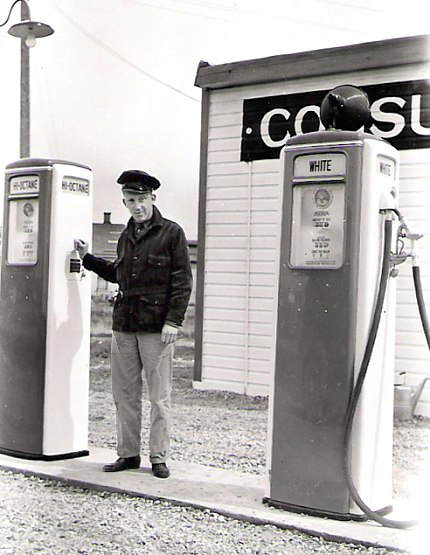
Gene Goodspeed
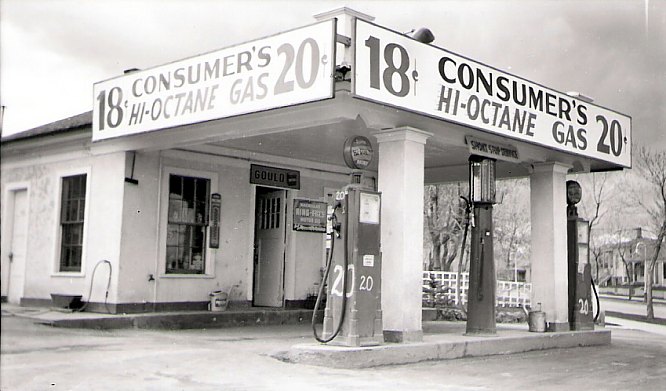
| "Consumer's
Service Gas Station, 11th Ave. & Hoback, late 1930s. The original
building still stands and has always been a service station; today
it's a Town Pump." |
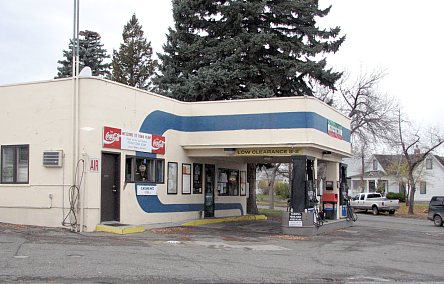
The building today.
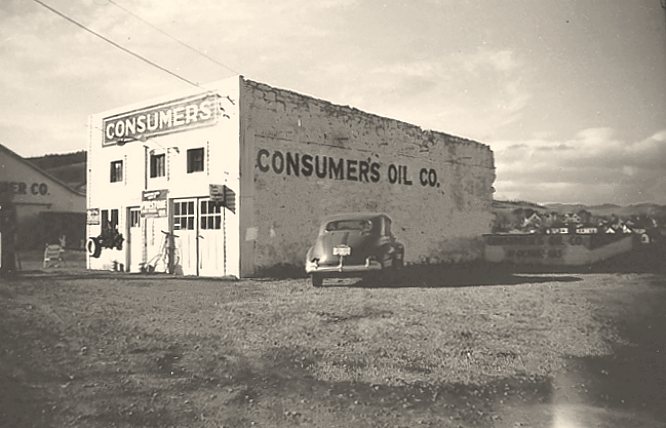
| "734
N. Main - Consumer's Oil Co. and gas station. After returning
from WWII, my mom and dad added onto this building to the north
and south, along with an apartment upstairs. Over the years my
parents had a gas station, Whizzer bike dealership, fishing tackle
shop, and rental store at this location. Today the building houses
Danzer's Paint. To the left you can see part of the old Linder-Kind
Lumber Company building" |
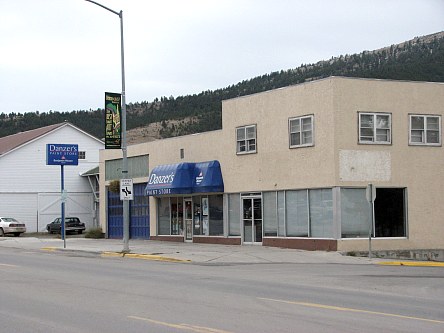
The view today.
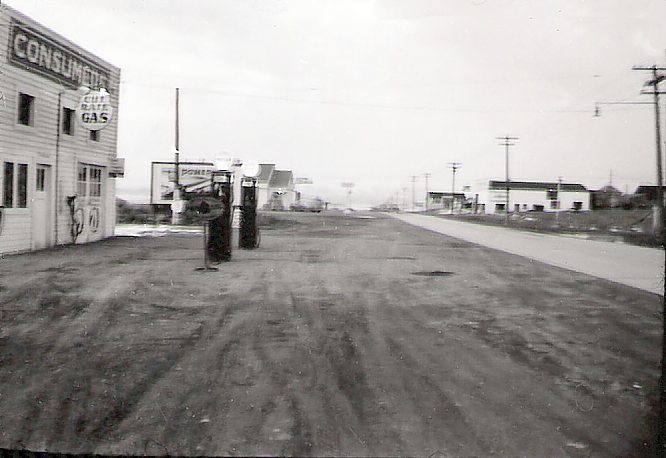
| "700
block of N. Main St. (corner of 14th & Main) looking north
- late 1930s. On left is Consumer's Service gas station." |
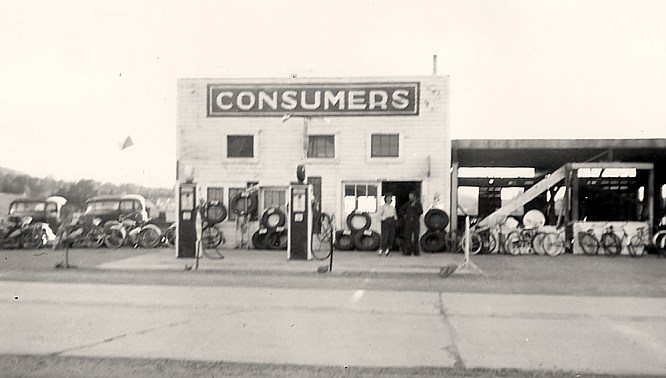
|
"After
WWii, my dad returned to Helena, reopened Consumer's Service
at 734 N. Main and added a Whizzer Bike dealership. This photo
is likely 1945. Corner of 14th and North Main."
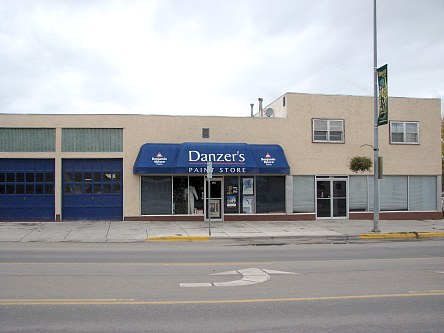
The
view today.
Thanks,
Nancy, for the great photos and story. There are more interesting
shots from Nancy's collection featured elsewhere on this site.
|

ANDERSON MOTORS OK USED CAR LOT
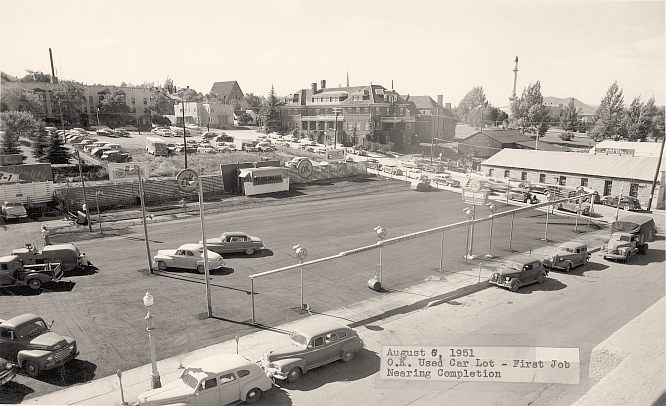
Anderson
Motors OK used car lot, 444 Fuller Ave., August 6, 1951. From
the collection of
Kathryn Fehlig, this view shows a Helena Sand & Gravel
crew applying Alamga-Pave asphalt paving to the lot.
CLICK PHOTO TO OPEN A LARGER VERSION
IN A NEW WINDOW |
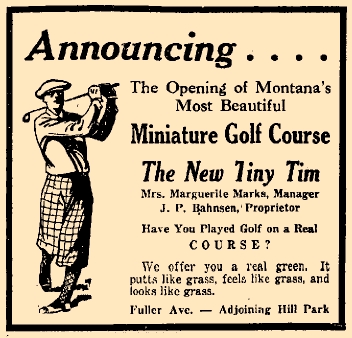
| From 1931
to 1933, the site that would become the OK Used car lot was home
to The Tiny Tim Miniature Golf Course, which evidently sported
a type of artificial grass. The short-lived course was replaced
in 1933 by two municipal tennis courts, which served until the
Beattie Memorial Courts were opened on Getchell near the Civic
Center in 1936. |

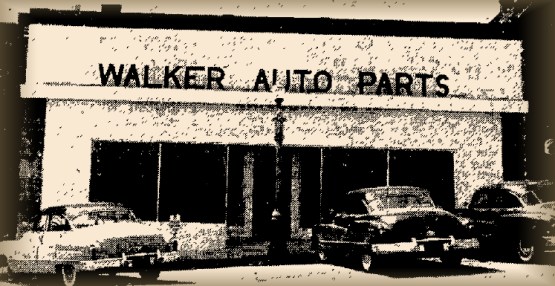
| Walker Auto
Parts, 115 W. Lawrence, 1951. Opened by pioneer Helena Buick dealer
Ed Walker in May of 1951, this enterprise was located right behind
what is now the Grandstreet Theatre. The building had already
seen many tenants before Mr. Walker arrived. It was originally
known as the Brazier Block, and was the factory for the Brazier
Candy Company. It also served as a fence company, a laundry, a
creamery, a Hudson dealership and a U. S. Forest Service warehouse.
The location is now a parking lot. |

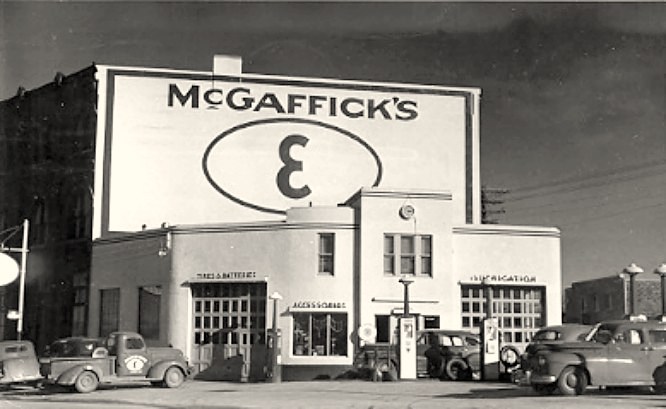
| George
McGaffick's Steamboat Block, 1940s. The building was originally
the offices of early Helena entrepreneur Thomas C. Power, builder
of the Power and Diamond Blocks. |
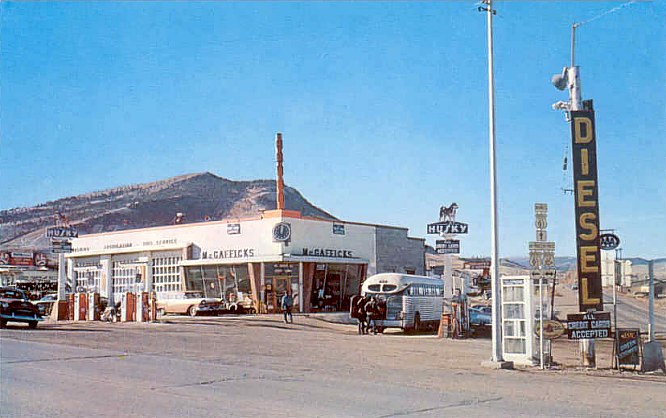
| McGaffick's
Husky Service, N. Main at Lyndale, 1950s. Just visible on the
far left is the Richardson Root Beer sign atop Gertie's Drive-In. |
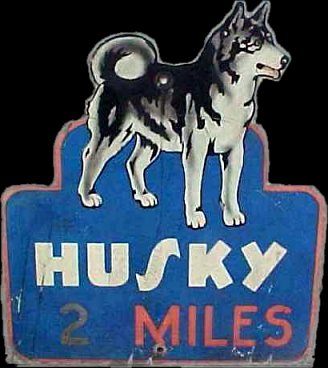
Sign for McGaffick's
Husky Service, placed by Bompart Bulletins Advertising.
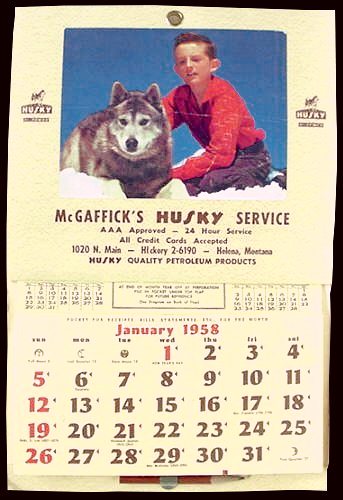
McGaffick's Husky
Service calendar, 1958.
|



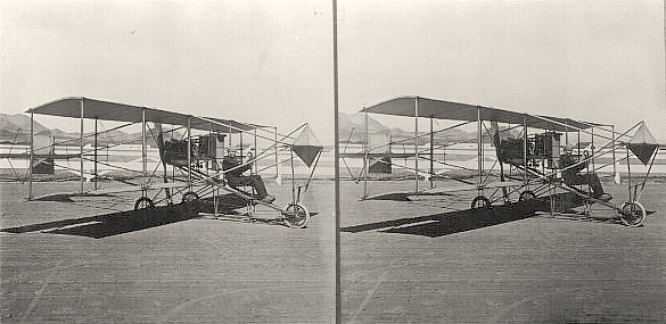
|
Stereoview
of Cromwell Dixon and his airplane at the Montana State Fairgounds,
September 30, 1911. Dixon was a nineteen year old aviator from
Columbus, Ohio. On September 30, he became the first pilot to
fly across the Continental Divide. The young pilot took off
from the fairgrounds at Helena and landed thirty-four minutes
later in a field near Blossberg, some 17 miles to the west.
Dixon wired the officals at the fairgrounds that he had landed
safely, refueled his bamboo and fabric aircraft, and lifted
off for his return flight to Helena.
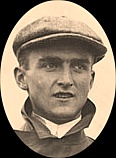
CROMWELL
DIXON
Strong
tail winds aided his return; and after circling the fairgrounds
twice, he landed safely. Governor Edwin Norris proclaimed Dixon
"The World's Greatest Aviator" and presented him a
check for $10,000. Dixon died just two days later when his plane
crashed in Spokane, Washington.
|
|
|


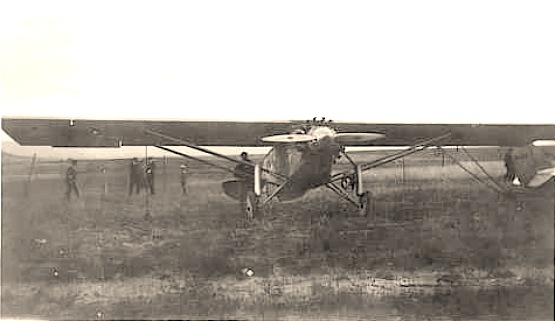
|
"The
Spirit of St. Louis" at the first Helena airport, September
6 1927. Shortly after his solo crossing of the Atlantic Ocean,
Charles
A. Lindbergh made a three-month cross-country tour of America
in his Ryan monoplane, sponsored by wealthy aviation enthusiast
Harry Guggenheim.
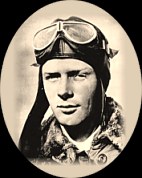
CHARLES A.
LINDBERGH
On
Sept. 6, Lindbergh flew from Butte to Helena via the Swan Lake
Valley, Glacier National Park, and Great Falls. The trip took
nearly seven hours. In Helena, Lindbergh landed at what is now
the Bill Roberts Golf Course. He was greeted by Governor John
E. Erickson and Mayor Percy Witmer, and was driven to the Fairgrounds
where he gave a short speech and greeted the public. The Mayor
and Governor took him on a tour around the city, and he participated
in a parade that was held in his honor.
The
next day, Lindberg flew back to Butte via Billings and Yellowstone
Park. The flight took six hours.
|
|


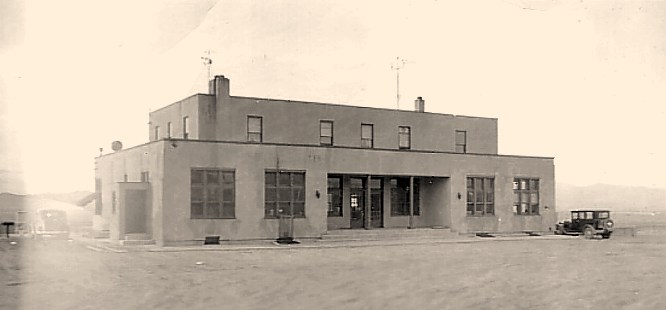
Helena's new airport
terminal, 1938. This is the south side, facing Poplar Ave.
|
|
|
These beautiful
1938 photos of the Helena Municipal Airport terminal were sent
in by Charlie
Beaton, who writes: "I grew up
in Helena and my Dad moved there in 1938 as a radio operator
for Northwest Airlines. Here are a few photos my Dad took of
the original airport terminal in 1938."
Many thanks to Charlie for sharing these images.
|
|
|
|
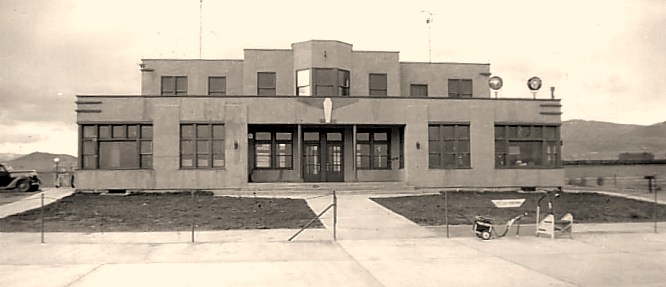
Helena airport
terminal, 1938. The north (runway) side
|
|
|
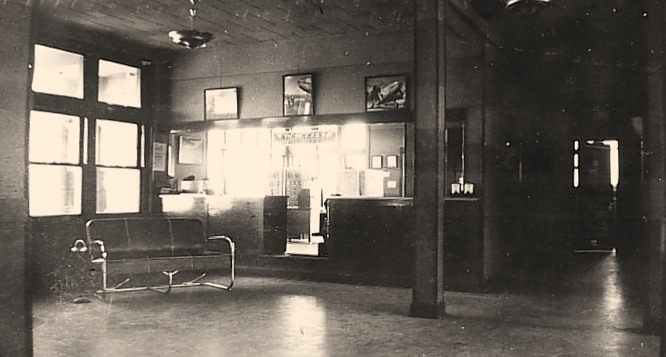
Helena airport
terminal interior, 1938. Note the Norhwest Airlines sign and counter.
|
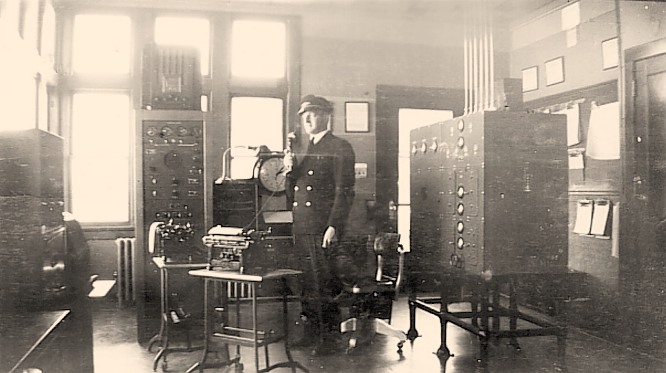
| Helena airport terminal, 1938. Second-floor control
room. No tower was built until around 1960. This building was
demolished in April of 2006, but the mostly-glass tower was saved
by Don and Barb Hulett, who moved it to their Lakeside home. |

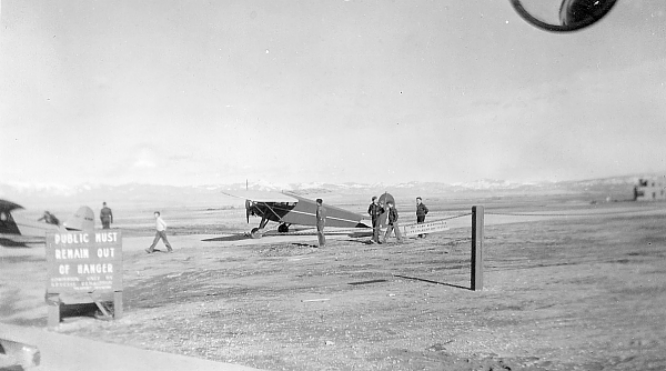
Helena Municipal
Airport, ca. 1940. COURTESY OF TOM
KILMER
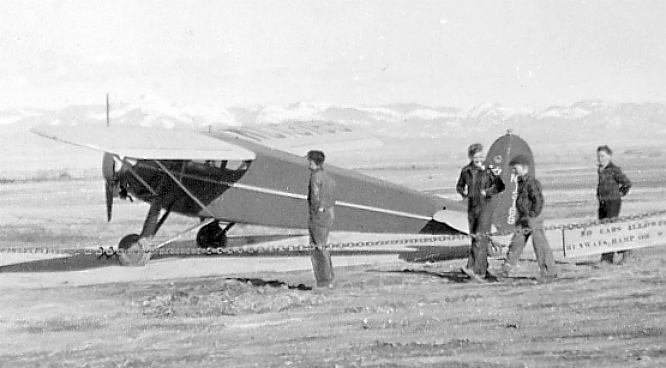
A detailed view.
Thanks, Tom, for sharing this great image.

|
|
|
IF
YOU HAVE PHOTOS OR EPHEMERA RELATING TO THESE ESTABLISHMENTS,
PLEASE LET ME KNOW.
|
|
AUTO
DEALERS
|
ANDERSON
MOTORS - GRIMES BUICK - ALDRICH PONTIAC - NORTHWEST MOTORS - CAPITAL
MOTORS - FRONTIER MOTORS - JOHNSTON MOTORS - PLACER MOTORS - SMITH-DAHL
MOTORS |
|
GAS
STATIONS
& GARAGES
|
GRIMES
TEXACO - AL & JOE'S CONOCO - ARNOLD'S SEVICE STATION - BENTON
AVE. SERVICE STATION - BOB BROWN CONOCO - CAP'S CARTER SERVICE
- CENTRAL CHEVRON - CLARK'S HI-POWER SERVICE STATION - CLEM'S
CONOCO - CRAMER'S CARTER SERVICE STATION - DICKEY'S CHEVRON -
DUNLOP'S HI-POWER SERVICE STATION - ECK'S OIL - GLENNY'S SERVICE
STATION - HI-WAY SERVICE STATION - HOLSHUE 66 SERVICE STATION
- THE HUB - KNAPP SERVICE - LUTZ'S STANDARD SERVICE STATION -
McGAFFICK HUSKY SERVICE - MORLEY'S UNION SERVICE STATION - NORTH
MAIN CLACK SERVICE STATION - PRICKLY PEAR TRUCK STOP - RYAN'S
KENWOOD SERVICE STATION - SCHILLER'S STARNDARD SERVICE - SITTON
SERVICE STATION - TOWER TEXACO |

|
























































